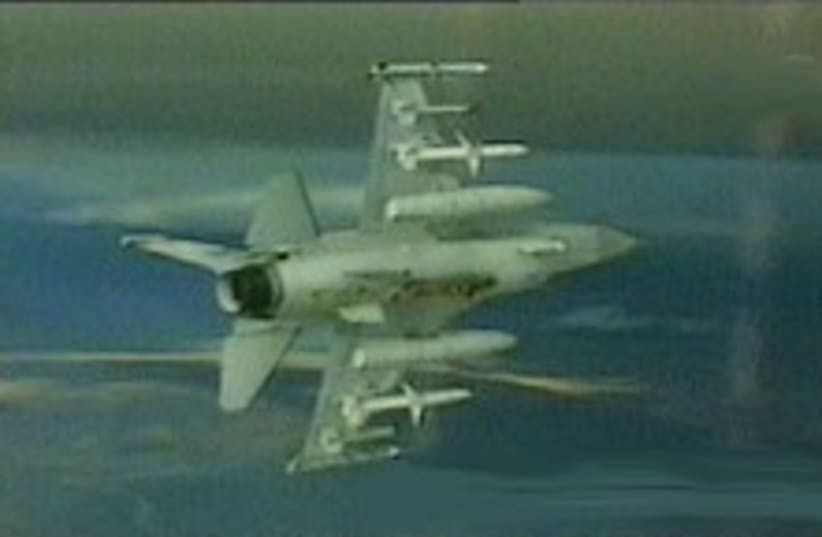IAF commander arrives at Negev crash scene; 2 feared dead
Searches underway for pilot, navigator; no distress call received as F16I jet flew at low altitude; assessments say human error likely cause, not technical fault; army rabbis also help with searches.
